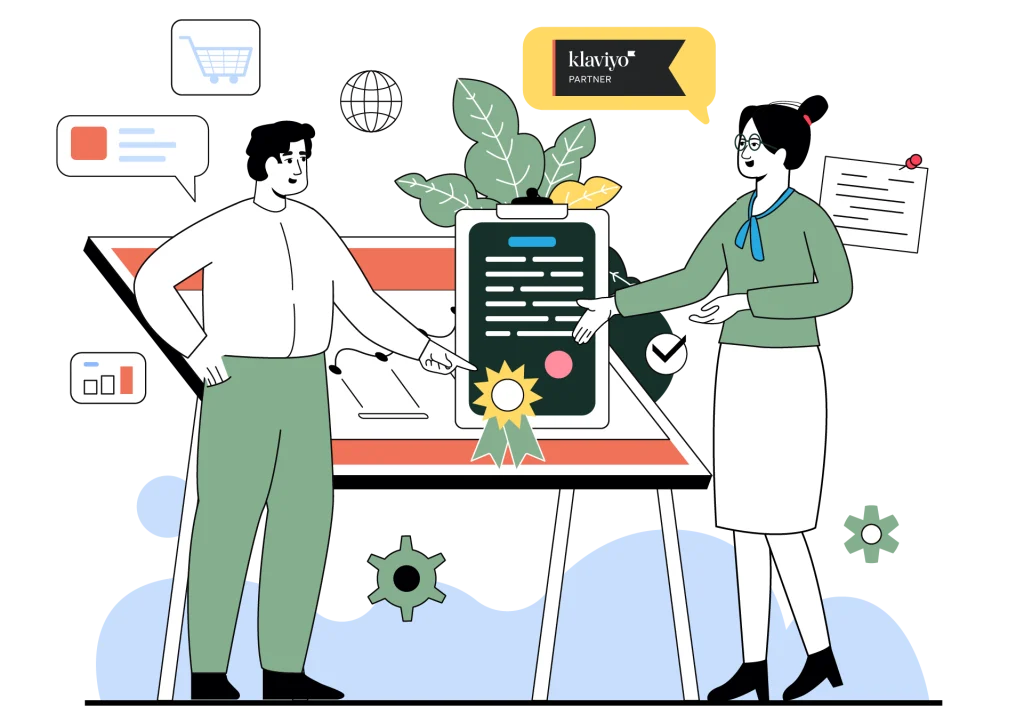The future of digital marketing lies in a deep understanding of consumer behavior and the ability to act on this information in real time. This is where behavior-based marketing automation comes into play. This strategy can transform how your brand interacts with its customers.
In this article, we will explore what behavior-based marketing automation is, why it is crucial for modern businesses, and how you can use it to refine your marketing strategy to create more personalized and engaging customer experiences.
What is Behavior-Based Marketing Automation?
Behavior-based marketing automation is an advanced technique that uses user behavior data to trigger automated marketing actions. Unlike traditional methods that rely on pre-planned campaigns, this approach adapts messages and offers based on the specific actions users take on your website, app, or in their email interactions.
Why is it Essential?
In a cluttered digital world, consumer attention is a valuable currency. To capture and retain this attention, brands need to offer highly personalized experiences that resonate with individual users’ needs and desires. By analyzing behavioral data, companies can create customer journeys based on predictive models, aiming to anticipate customers’ needs before they even express them.
How to Implement It?
Implementing behavior-based marketing automation begins with data collection. Every click, page visit, and interaction is a piece of the puzzle. These data feed algorithms and automation platforms that trigger various actions, such as personalized emails, targeted push notifications, or customized offers.
In the following sections, we will delve into best practices for collecting behavioral data, the tools you can use to analyze and act on this data, and case studies that showcase the success of this approach in action.
Read on to understand how your business can transform with behavior-based marketing automation and start building deeper, more meaningful connections with your customers today.
Step 1: Smart Data Collection
The first step in implementing behavior-based marketing automation is to install tracking tools across all your digital channels. These tools should be able to record user interactions, such as:
- Pages viewed
- Time spent on the site
- Clicks
- Conversion actions
The goal is to create rich behavioral profiles that will serve as the foundation for your automations.
Step 2: Analysis and Interpretation
Once you have collected enough data, the next step is to analyze it to identify patterns and trends. Advanced analytics tools can help you segment your audience into groups based on their behavior, predicting which actions are most likely to work in your strategy.
Step 3: Designing Targeted Campaigns
With a deep understanding of your users, you can now create campaigns that directly address their interests and behaviors. For example, if a user has repeatedly visited a product page without making a purchase, you could trigger an automated email sequence offering more information about the product, customer testimonials, or even a discount coupon to encourage the purchase.
Step 4: Real-Time Personalization
Using scripts and APIs, you can now adjust content in real time across your platforms. If a user returns to your site after abandoning a cart, you can display a personalized message or special offer to encourage them to complete their purchase.
Step 5: Measurement and Optimization
Any digital marketing strategy requires continuous measurement. Use feedback from your campaigns to refine your segmentation, adjust your messages, and improve the user experience. A/B testing is a valuable technique to test different approaches and determine what works best.
Ethical Use of Data
It is crucial to note the importance of the ethical use of data. Ensure you respect users’ privacy and follow regulations. Users should be informed about data collection and explicitly consent to its use.
Conclusion
Behavior-based marketing automation is a powerful lever for businesses seeking to connect with their customers more meaningfully. By using behavioral data to inform and automate your marketing efforts, you can create campaigns. So, that not only increase conversions but also strengthen customer loyalty and satisfaction.
For more details on effectively deploying such strategies and staying informed about best practices, contact our team or write to us using our contact form.
Behavior-based marketing automation is indispensable for developing and enhancing your marketing strategy.





